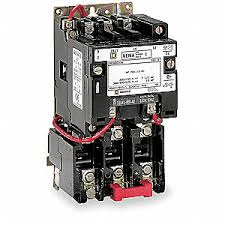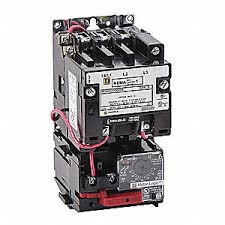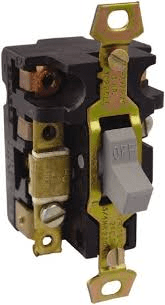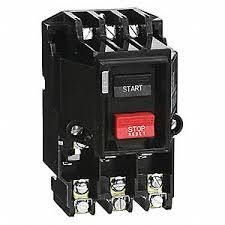Hi All,
Given the impressive amount of knowledge gathered in my first topic, I really wsnted to open a new one.
The broad question is:
What's the differenxe between Circuit Breaker, Motor Starter and Thermal Overload Relay when protecting a motor?
I can see that at first glimspse they seem to be doing the same work: disconnecting a circuit in the event of overload caused by an ovee current. However, whilst the first one has fixed ratings, the other two can be adjusted or calibrated more specifically according to the load. Also, I can see that, regardless, upstream a Motor Starter (and contactor) OR a Thernal Overload Relay (and contactor), I would always have a Circuit Breaker for safe disconnection, Although I have seen cases where the configuration Motor Starter+Contactor was no protected by Circuit Breaker (no idea why).
So, when is it safer (or appropriate) to use a Motor Starter + Contactor and when a Contactor + Thermal Overload Relay?
Youtube and random websites are not clear about thiz matter.
Thank you All
Given the impressive amount of knowledge gathered in my first topic, I really wsnted to open a new one.
The broad question is:
What's the differenxe between Circuit Breaker, Motor Starter and Thermal Overload Relay when protecting a motor?
I can see that at first glimspse they seem to be doing the same work: disconnecting a circuit in the event of overload caused by an ovee current. However, whilst the first one has fixed ratings, the other two can be adjusted or calibrated more specifically according to the load. Also, I can see that, regardless, upstream a Motor Starter (and contactor) OR a Thernal Overload Relay (and contactor), I would always have a Circuit Breaker for safe disconnection, Although I have seen cases where the configuration Motor Starter+Contactor was no protected by Circuit Breaker (no idea why).
So, when is it safer (or appropriate) to use a Motor Starter + Contactor and when a Contactor + Thermal Overload Relay?
Youtube and random websites are not clear about thiz matter.
Thank you All





